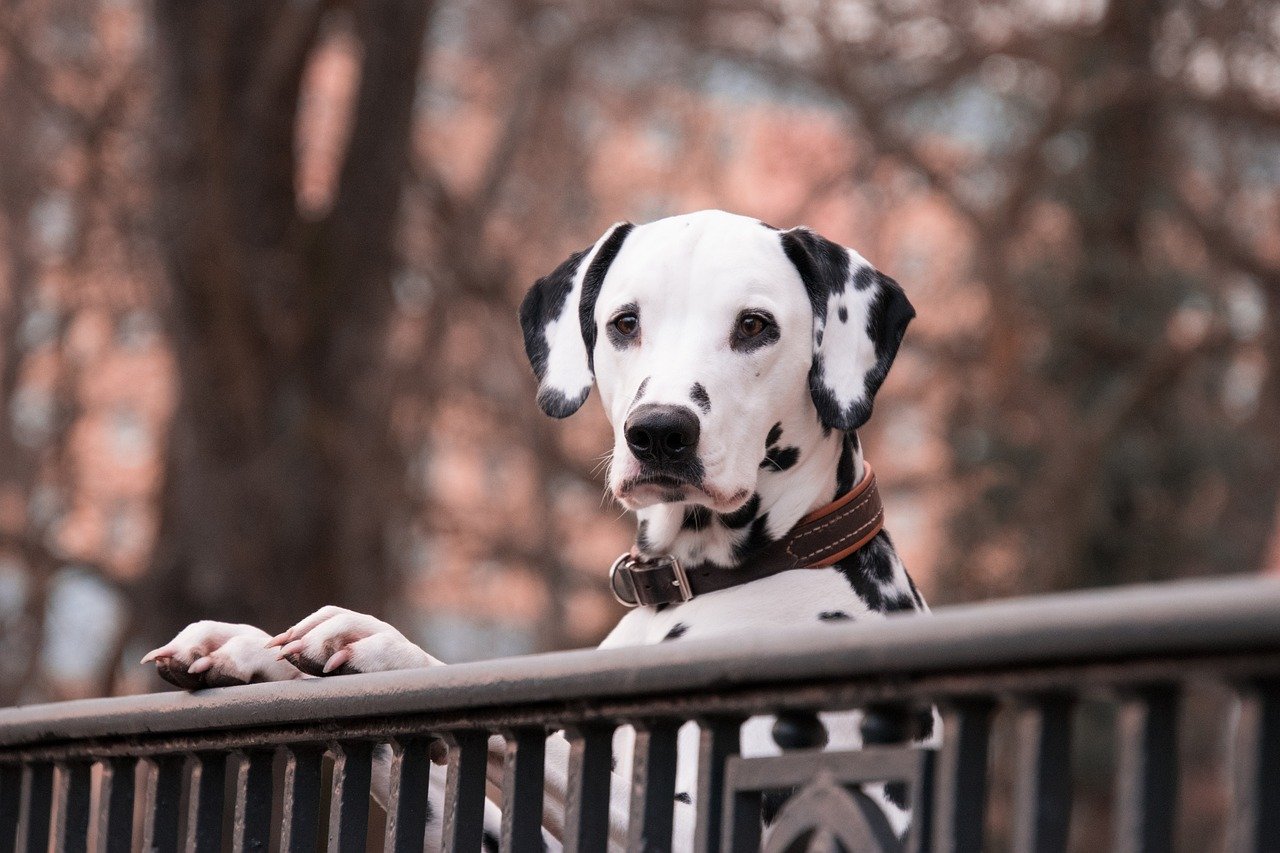Have you ever found yourself grinning ear to ear as a Disney dog bounds across the screen, tail wagging and eyes sparkling with mischief? Maybe you’ve even caught your own pup seeming to mimic those on-screen antics, leaving you to wonder: just how true-to-life are these animated canines? Disney movies have a magical way of making us believe that dogs talk, plot, and even fall in love just like we do. But behind those droopy eyes and wagging tails, how much of what we see is real dog behavior—and how much is pure Hollywood fantasy? For dog lovers, this question tugs at the heartstrings and tickles the imagination. Let’s dig into the truth, tail first, and separate the fact from the fairy tale.
The Talking Dog Trope: Fantasy vs. Reality

Disney movies are famous for dogs that talk, scheme, and sometimes even sing. Think of Tramp’s smooth-talking charm or Dug’s hilarious “Squirrel!” outbursts in “Up.” While it’s adorable to imagine our pups narrating their thoughts, real dogs communicate in very different ways. They rely on barks, body language, tail movement, and sometimes a soulful stare that says more than words ever could. If only they could actually tell us where they hid that missing sock!
In reality, dogs have their own complex language, but it’s not verbal like ours. They use subtle cues: a wagging tail can mean happiness, but it can also signal nervousness depending on how it’s wagged. Disney’s talking dogs make us laugh and help tell a story, but they don’t mirror actual canine communication. Still, wouldn’t life be a little more fun if your dog could ask for extra treats out loud?
Doggy Friendships: Best Buds or Lone Rangers?
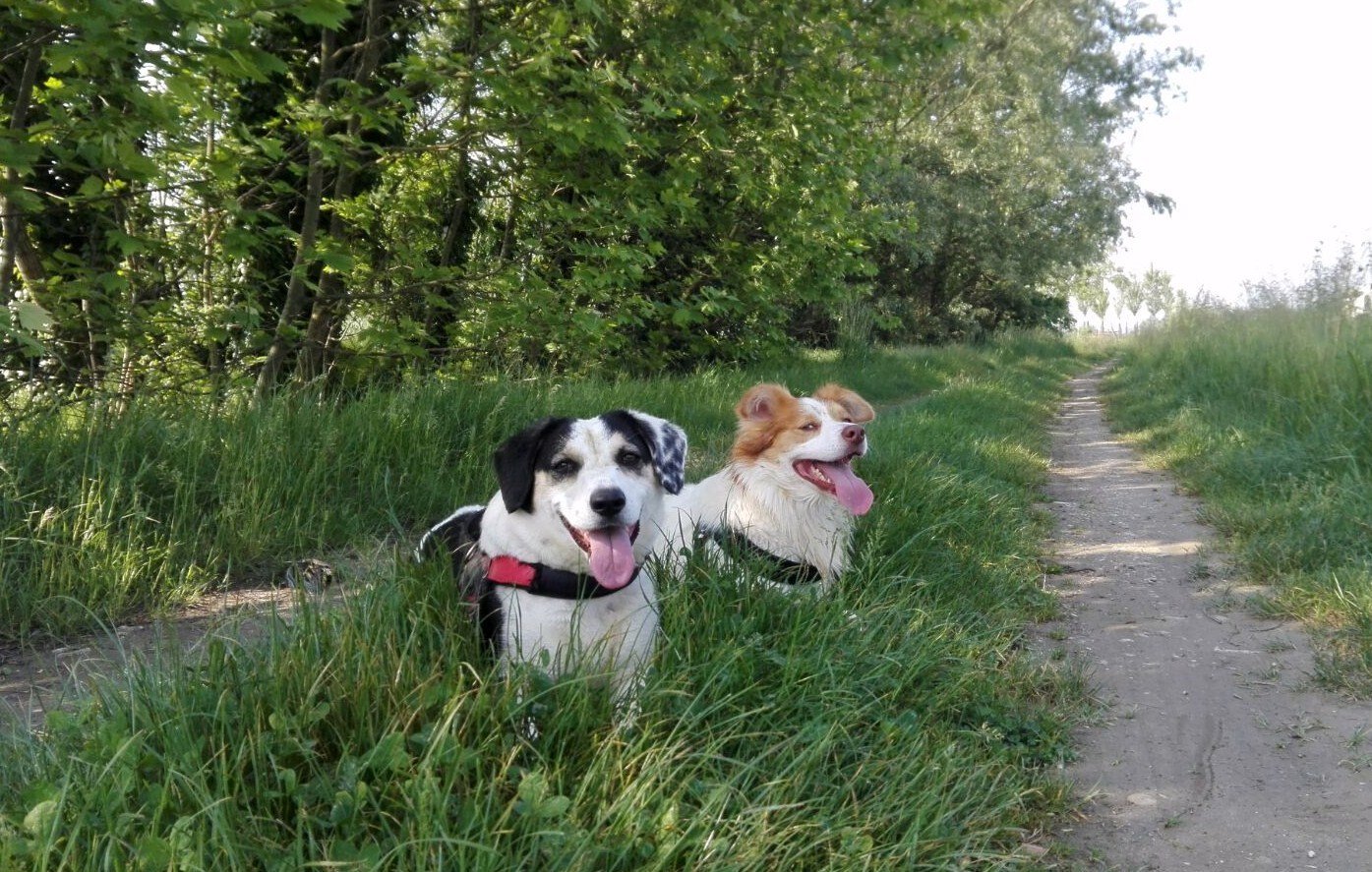
One of the most heartwarming sights in Disney movies is dogs forming strong, loyal friendships—with both humans and other animals. From Lady and Tramp’s blossoming romance to the pack in “101 Dalmatians,” it seems like every dog has a best friend. But in real life, dog relationships can be a bit more complicated. Some dogs are social butterflies, while others prefer a quieter, more solitary life.
Dogs are pack animals by nature, but not every dog will instantly bond with others. They have personalities, likes, and dislikes, just like us. Disney movies tend to gloss over the awkward introductions, misunderstandings, and occasional squabbles that happen when dogs meet. While deep friendships do happen, it’s not always as smooth and instant as Hollywood suggests.
Loyalty and Bravery: Fact or Fiction?
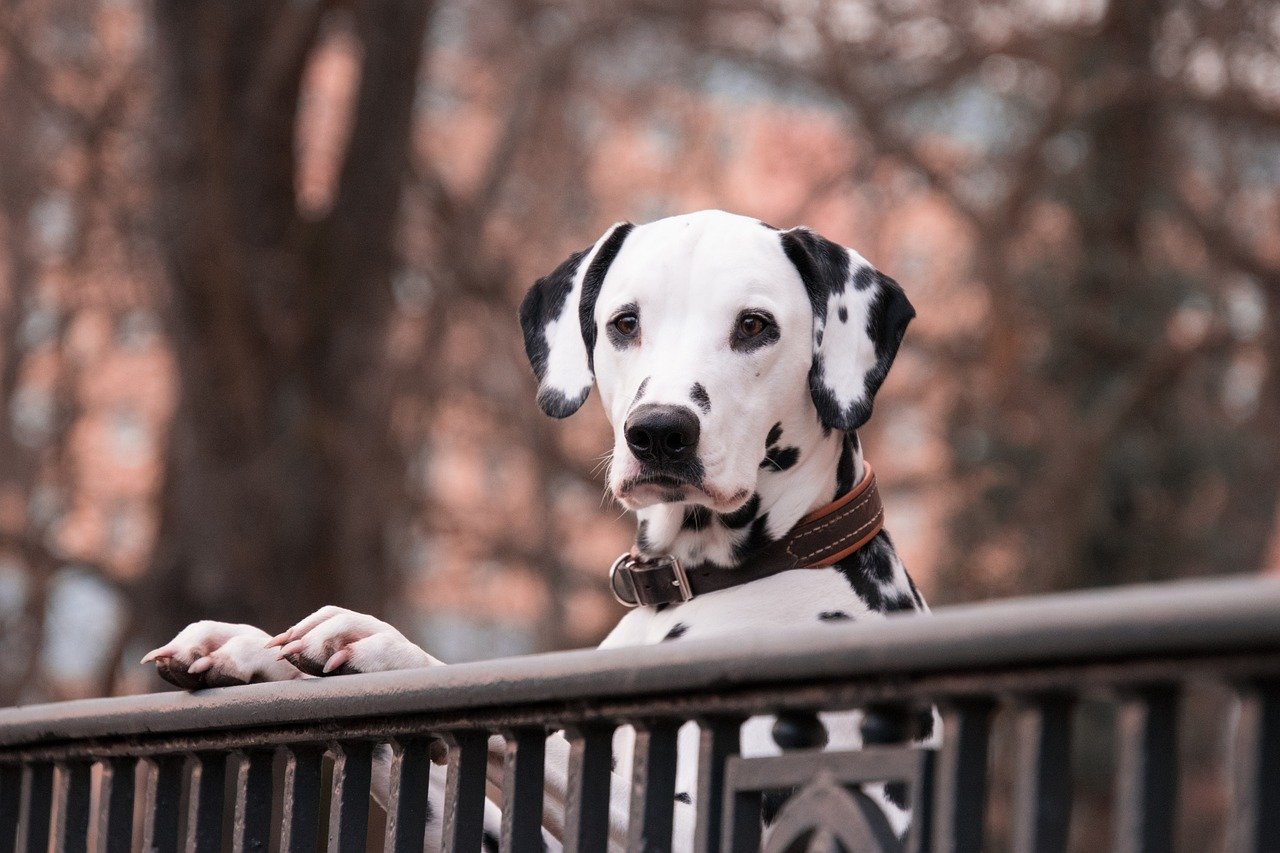
Who could forget the heart-stopping moments when a Disney dog risks everything for their human? Old Yeller’s courage, Pongo and Perdita’s daring rescue mission, and Bolt’s devotion are enough to bring a tear to anyone’s eye. But are dogs truly this brave and loyal? The answer is a resounding yes—though maybe not in such grand, cinematic ways.
Dogs are among the most loyal animals, and countless real-life stories prove their devotion. They’ll bark at strangers, stand by your side when you’re sad, and sometimes even save lives. However, not every dog will chase down villains or leap into danger. Disney amplifies these traits for drama and excitement, but the core truth—dogs love and protect fiercely—remains spot-on.
Dog Intelligence: Geniuses or Goofballs?
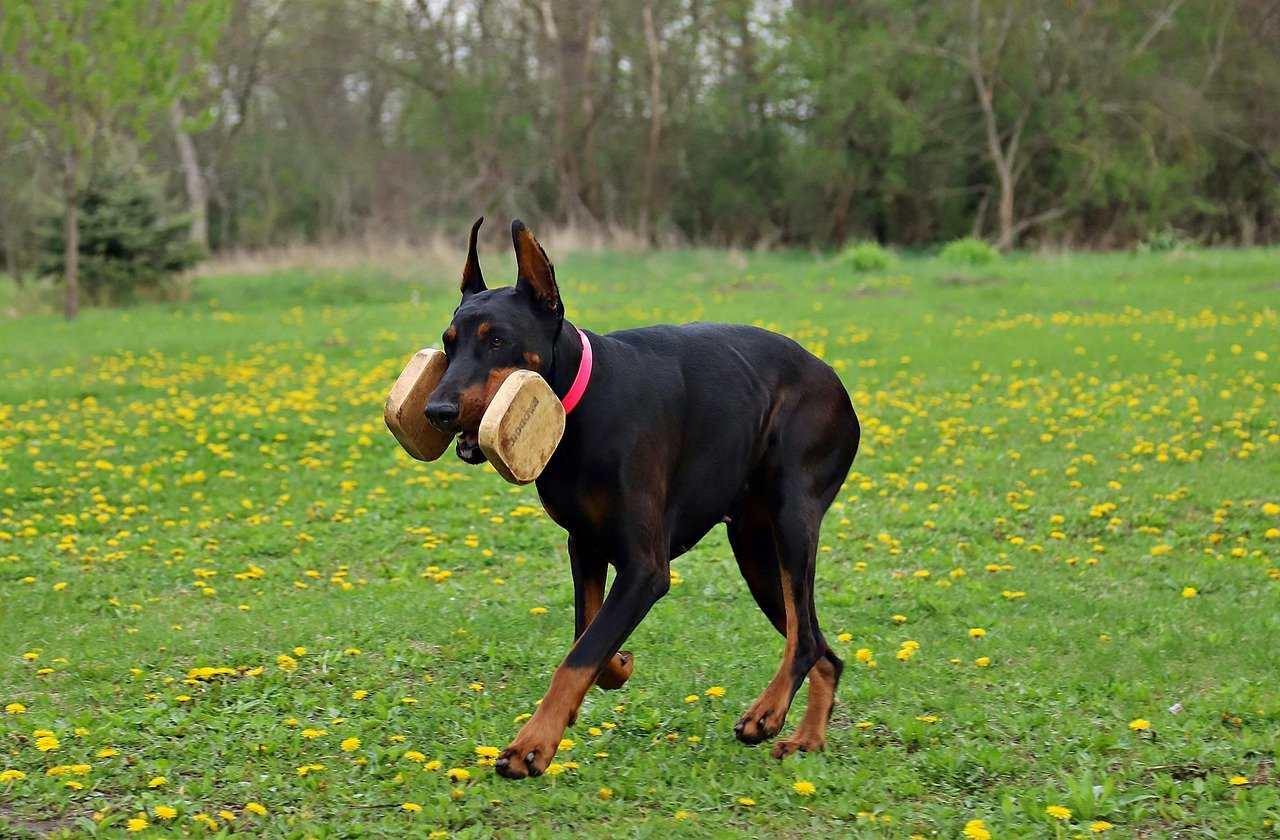
Disney dogs often outsmart humans, solve puzzles, and even pull off elaborate schemes. Remember Tramp’s clever escapes or the way the Dalmatians outwit Cruella? While real dogs are smart—some breeds more than others—they don’t quite operate on human logic. They can learn commands, read our emotions, and even recognize hundreds of words, but plotting a city-wide adventure is a stretch!
Still, dog intelligence is nothing to sniff at. Border Collies, Poodles, and German Shepherds, for example, are known for their problem-solving abilities. Disney movies exaggerate these skills for storytelling, making dogs seem like little furry masterminds. In truth, your dog might outsmart you when it comes to finding hidden treats, but you probably won’t see them cracking secret codes.
Fear and Courage: How Dogs Really React
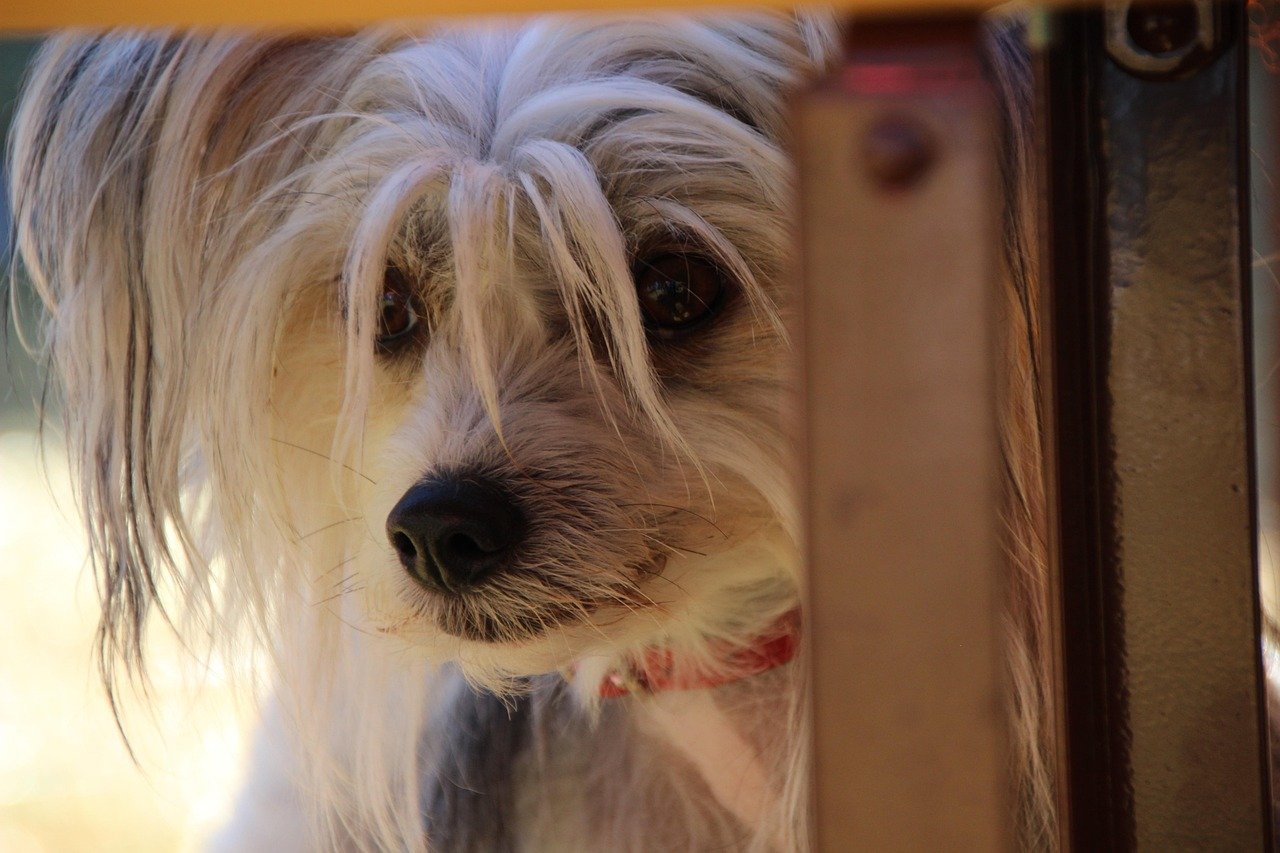
In Disney movies, dogs often face danger head-on. Whether it’s a thunderstorm, a villain, or a wild chase, the animated pups rarely show fear for long. In real life, dogs have a wide range of reactions to scary situations. Some cower or hide during fireworks, while others bark or try to protect their families.
Every dog handles fear differently, based on their personality, upbringing, and breed. Disney tends to show dogs overcoming fears quickly, which makes for an uplifting story but oversimplifies the real emotional journeys dogs experience. Just like people, some dogs need time, comfort, and training to face their fears.
Love at First Sniff? Canine Romance in Disney Films

Who doesn’t swoon over the spaghetti scene in “Lady and the Tramp”? Disney loves to show dogs falling in love, dating, and even starting families. In reality, canine romance is less about moonlit dinners and more about instinct. Dogs don’t date or court in the human sense; their connections are driven by scent, body language, and biology.
Of course, dogs do form strong bonds with each other, and you might notice your dog favoring certain canine companions. But the Disney version of puppy love makes things look a lot more dramatic and intentional than they really are. Still, it’s fun to imagine our four-legged friends having their own secret love stories.
Heroic Rescues: Real or Just Movie Magic?

Audiences can’t help but cheer when a Disney dog saves the day—rescuing puppies from danger or leading lost kids home. While there are many real-life tales of dogs alerting families to fires, finding missing children, or even serving as search-and-rescue animals, these heroic moments aren’t everyday occurrences.
In real life, most dogs are happy to stick to their routines: walks, naps, and chasing balls. The heroics in Disney movies are inspired by rare, true stories, but they’re dialed up for drama. If your dog’s biggest rescue is liberating a sandwich from the counter, that’s just as heroic in their book!
Dog Training: Can All Dogs Learn Tricks Like in the Movies?
Disney dogs seem to learn new tricks overnight—balancing on tightropes, opening doors, or even performing complicated dance numbers. In truth, dog training takes time, patience, and a lot of treats. Some breeds pick up commands quickly, while others need more encouragement and repetition.
Professional trainers often work with movie dogs for weeks or months to nail a single trick. In animation, though, anything is possible. Disney’s seamless tricks can set unrealistic expectations for real-life dog owners, but with consistency and love, your dog can certainly learn some impressive moves—even if they never waltz across a ballroom.
Do Dogs Really Understand Human Emotions?
Disney dogs seem to know exactly when their owners are sad, happy, or scared. They cuddle up during heartbreak and celebrate during victories. Amazingly, this part of Disney magic is based in reality. Studies have shown that dogs are remarkably good at reading human emotions, responding to our tone of voice, facial expressions, and body language.
Your dog’s comforting nuzzle or excited greeting is more than just coincidence. Dogs have evolved alongside humans, learning to interpret our feelings and often reacting in surprisingly empathetic ways. So, the next time a Disney dog senses their owner’s mood, it’s not just movie magic—it’s real science.
Dog Villains: Are Some Breeds Really Bad?
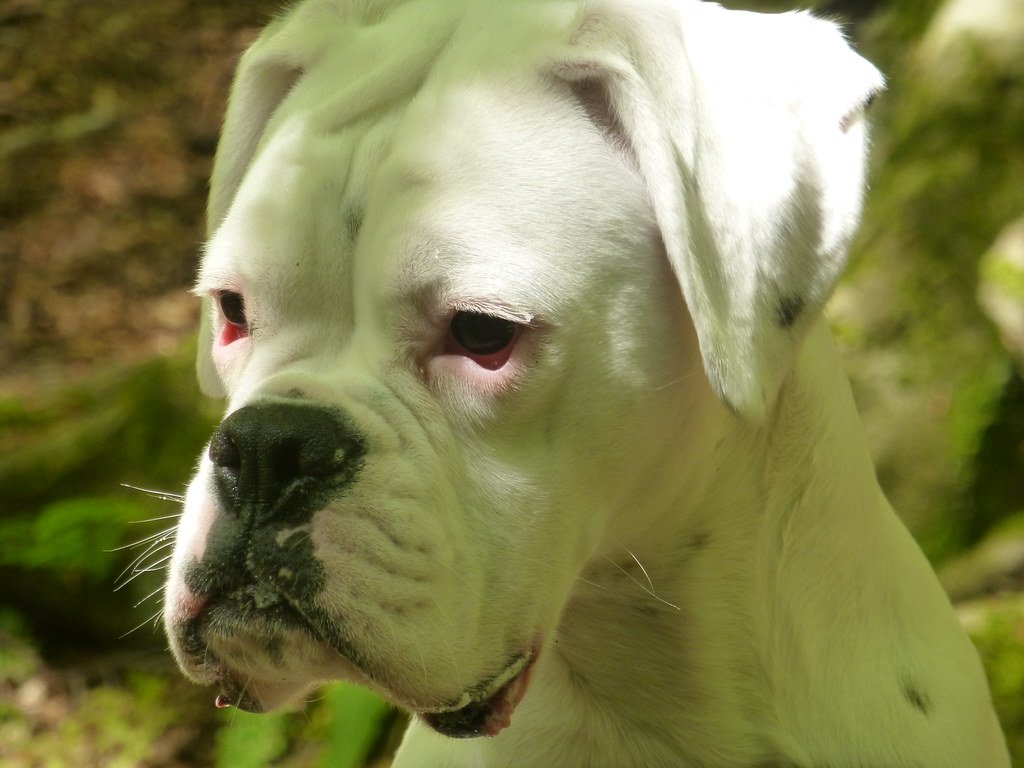
Sometimes Disney portrays certain dogs as villains or troublemakers. For instance, the snarling Dobermans in “Oliver & Company” or the aggressive hounds in “The Fox and the Hound.” While it makes for good storytelling, it’s a misleading portrayal. No breed is inherently bad; behavior depends on upbringing, environment, and training.
In real life, even breeds with tough reputations can be gentle, loving companions. Disney’s use of breed stereotypes can unintentionally reinforce myths and fears. It’s important to remember that every dog—whether they look like a Disney hero or villain—deserves love, understanding, and a chance to show their true nature.
Do Disney Dogs Make Us Better Owners?
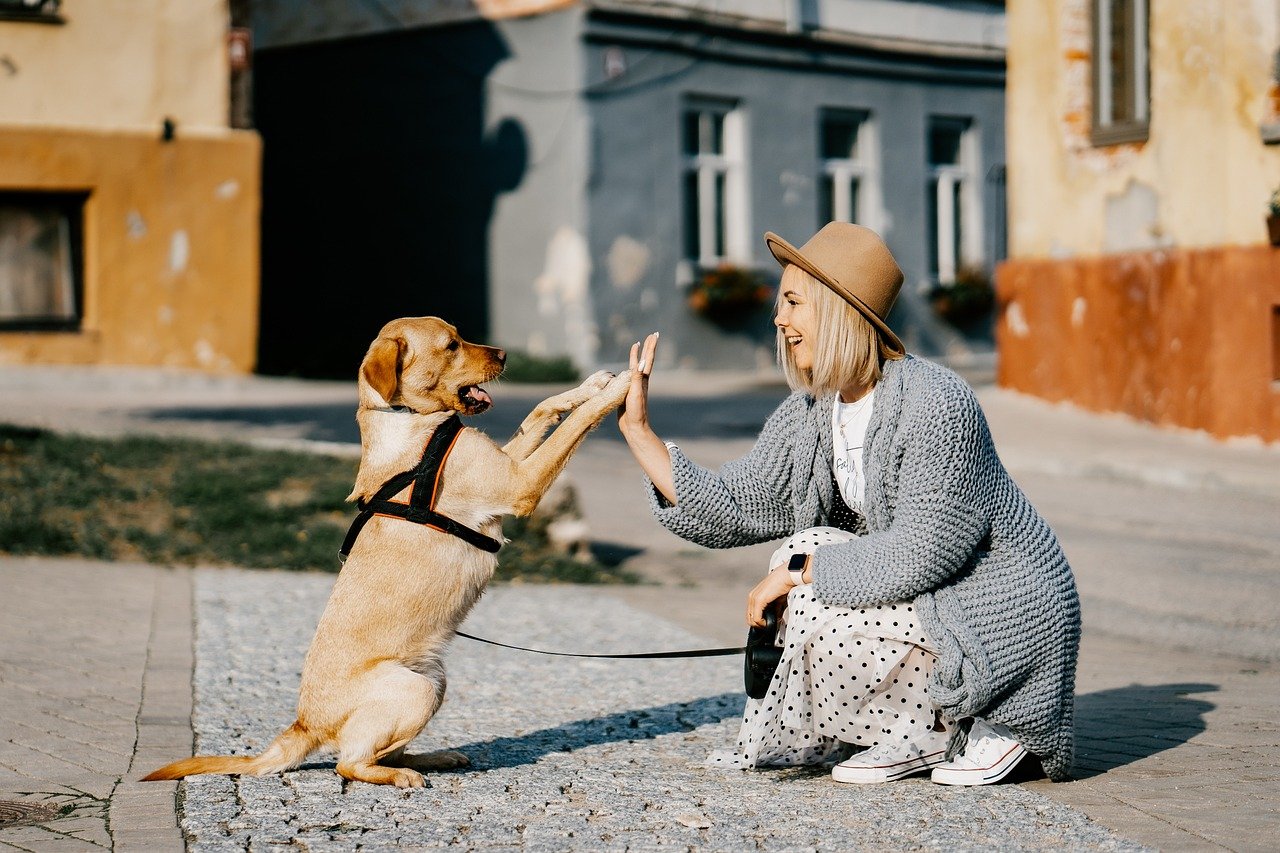
There’s a secret power in Disney’s magical dogs: they inspire us to see the best in our own pets. They remind us of loyalty, courage, and the simple joy of a wagging tail. While real dogs may not talk or save the world, their everyday acts of love are just as magical. Watching these movies can encourage us to be more attentive, loving, and patient with our furry friends.
Disney’s version of dog behavior may not always be accurate, but it tugs at our hearts and sparks our imagination. After all, every dog owner knows that sometimes the most unbelievable moments—like a silly grin, a goofy bark, or a comforting cuddle—are the ones that feel the most magical.

Esther is from India; the heartbeat of South Asia, holding a Master’s degree in Zoology and a postgraduate diploma in Animal Welfare. Her enthusiasm for animal welfare drives her passion and dedication to working for animals, ensuring their well-being, and advocating for their rights. With a solid academic background and hands-on experience, she is committed to making a positive impact in the field of animal welfare. In her free time, she enjoys embroidery and sewing. As a Chennaite from Tamil Nadu, Esther loves Bharathanatyam, an Indian classical dance form.

